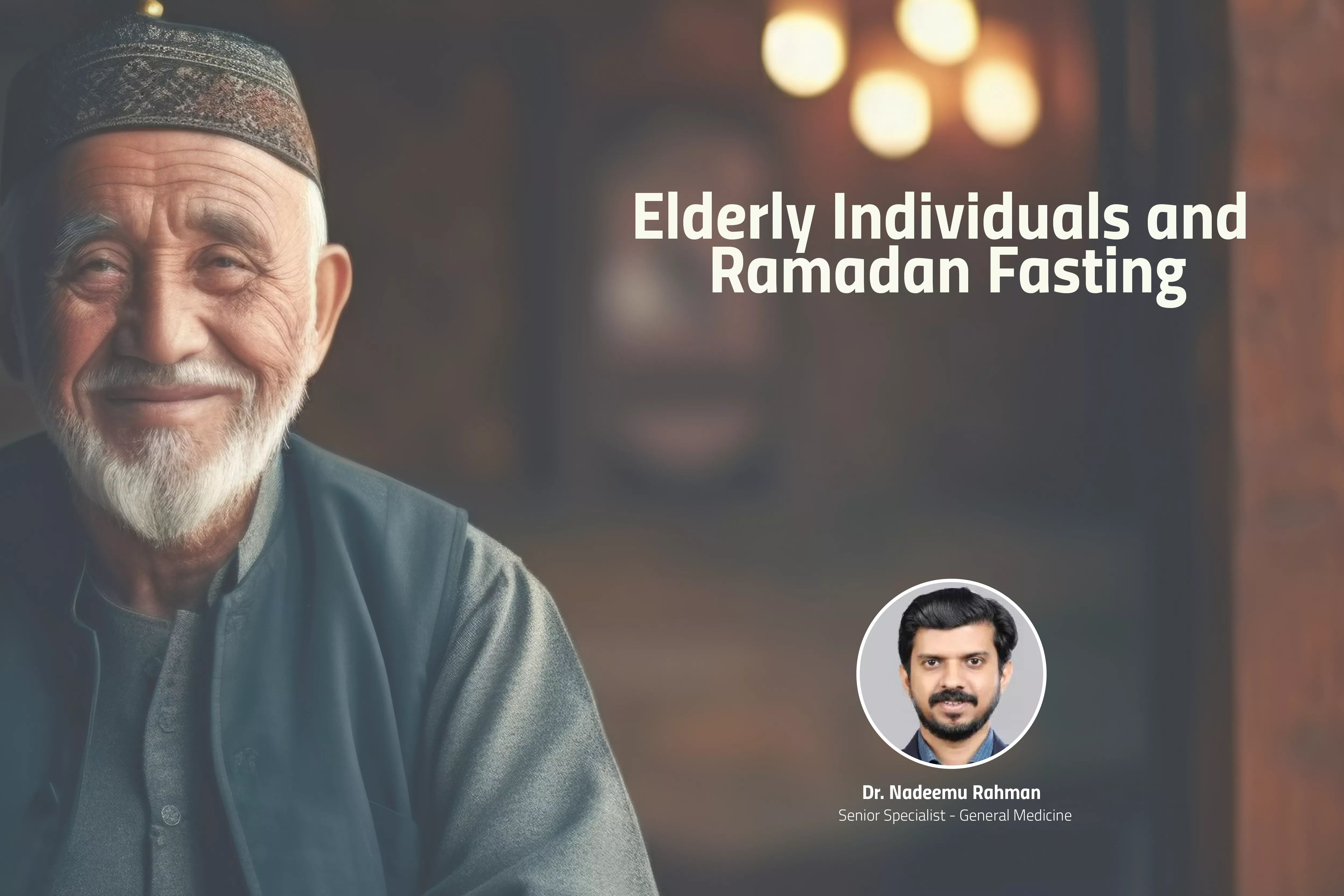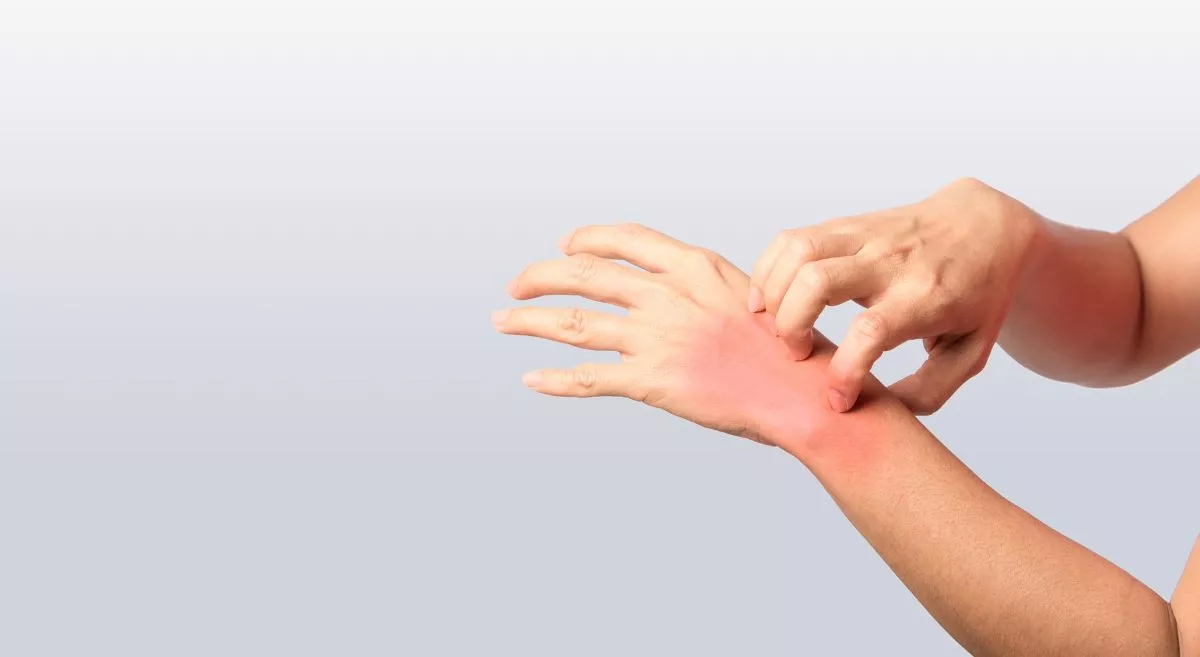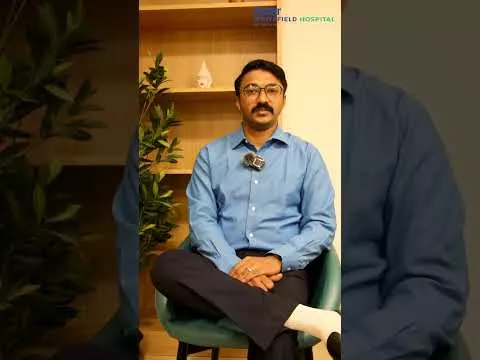Advancing care for Varicose veins
Varicose veins are a widespread condition affecting millions worldwide, marked by the enlargement and twisting of veins primarily in the leg area. Apart from the visible cosmetic issues, these veins can cause discomfort and, when overlooked, may progress to serious complications such as ulcers, bleeding, and blood clots. It is crucial to address these concerns promptly to prevent adverse outcomes. For those grappling with varicose veins, exploring viable treatment options becomes imperative. Traditional surgical interventions like vein stripping, involving the removal of affected veins through incisions, have been conventionally known. However, these procedures are often accompanied by significant pain, invasiveness, and protracted recovery periods.
Fortunately, the landscape of varicose vein treatment has evolved, offering less intrusive alternatives. Recent medical innovations have paved the way for minimally invasive techniques that effectively address varicose veins while minimizing disruptions to daily life. These approaches leverage laser, radiofrequency, or injectable solutions to seal off problematic veins, enabling the redirection of blood flow through healthier vessels. Remarkably, these procedures are typically conducted on an outpatient basis, administered under local anesthesia, and boast high success rates.
This blog post endeavors to delve into some of the most popular minimally invasive strategies for treating varicose veins, shedding light on their merits and potential benefits for individuals grappling with this condition.
Endovenous Laser Treatment (EVLT)
EVLT is a technique that uses laser energy to heat up and close off the varicose veins. A thin fiber is inserted into the vein through a small puncture, and laser pulses are delivered along the length of the vein. The heat causes the vein to collapse and seal shut, preventing blood from pooling and causing pressure. The procedure takes about an hour, and the patient can resume normal activities within a day.
EVLT is one of the most effective and widely used minimally invasive techniques for varicose veins. It has a success rate of over 90% and a low risk of complications. It also results in less pain, bruising, and scarring than traditional surgery.
Radiofrequency Ablation (RFA)
RFA is a technique that uses radiofrequency waves to generate heat and close off the varicose veins. A thin catheter is inserted into the vein through a small incision, and radiofrequency energy is applied to the vein wall. The heat causes the vein to shrink and seal shut, diverting blood to healthier veins. The procedure takes about 30 minutes, and the patient can return to normal activities within a few hours.
RFA is another highly effective and safe minimally invasive technique for varicose veins. It has a success rate of over 95% and a low risk of complications. It also causes less discomfort, swelling, and infection than traditional surgery.
Sclerotherapy
Sclerotherapy is a technique that uses an injectable solution to irritate and collapse the varicose veins. A fine needle is used to inject a sclerosant, such as a salt or foam solution, into the vein. The solution causes the vein to spasm and close off, eventually fading away. The procedure takes about 15 minutes, and the patient can resume normal activities immediately.
Sclerotherapy is a valuable option for smaller varicose veins and spider veins, which are not suitable for EVLT or RFA. It has a success rate of over 80% and a low risk of complications. It also improves the appearance and symptoms of the veins, without leaving any scars.
Why Choose Minimally Invasive Approaches?
Minimally invasive approaches for varicose veins offer many advantages over traditional surgical methods. They are:
- More effective: They have higher success rates and lower recurrence rates, meaning you are less likely to need repeat treatments.
- Less invasive: They do not require general anesthesia, large incisions, or stitches, meaning you have less risk of bleeding, infection, or nerve damage.
- Less painful: They cause less postoperative pain, bruising, and swelling, meaning you have a faster and more comfortable recovery.
- Less disruptive: They are performed on an outpatient basis, meaning you can go home the same day and resume your normal activities within a short time.
How to Get Started?
If you are interested in minimally invasive approaches for varicose veins, the first step is to consult with a qualified vascular specialist. They will evaluate your condition, review your medical history, and recommend the best treatment option for you. They will also explain the procedure, the risks, and the benefits, and answer any questions you may have.
Minimally invasive approaches for varicose veins are covered by most insurance plans, depending on the severity of your condition and the medical necessity of the treatment. You may need to obtain prior authorization from your insurance provider before undergoing the procedure.
Conclusion
Varicose veins are a common and bothersome condition that can affect your quality of life. However, you do not have to live with them or resort to invasive surgery. Minimally invasive approaches for varicose veins can provide you with effective, safe, and convenient solutions that can restore your vascular health and improve your appearance.
For those prepared to proactively manage their varicose veins, reach out to us today to arrange a consultation with our seasoned vascular experts. Our dedication lies in delivering optimal care, employing state-of-the-art technology and advanced techniques. We anticipate the opportunity to assist you in attaining your health objectives and experiencing an improved quality of life.








